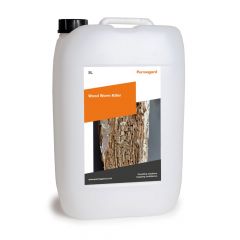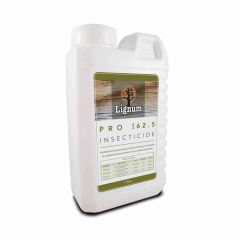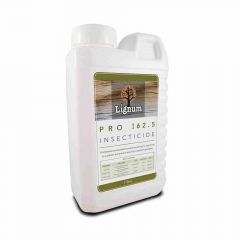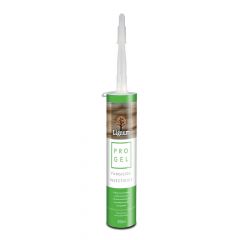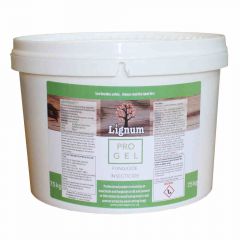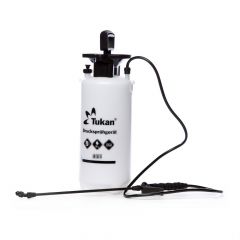Learn more about Woodworm Treatment
Treating Woodworm & Wood Boring Insects
It is important to eradicate wood boring beetles before they do permanent damage to your timber. This starts with identifying the type of beetle and selecting the appropriate woodworm treatment.
Types of Wood Boring Insects
In the UK, we have three main wood boring insects, the Common Furniture Beetle, the Longhorn Beetle and the Death Watch Beetle. Without the correct diagnosis of the type of infestation, the woodworm prevention carried out may not be sufficient to treat and eradicate the infestation.
The most common form of wood boring insect is the Common Furniture Beetle. This can be identified by a number of 1 – 2mm holes on the surface of the timber which are the emergence holes. These exit holes mean there has been active woodworm in the past but does not necessarily mean there are currently woodworm active. With active woodworm you will find frass (small piles of dust) on either the timber or on the surface below the timber where the frass has fallen from the timber surface. The Common Furniture Beetle prefers damp floor boards such as loft timbers and furniture where a varnished finish has either worn off or has not been applied. The risk of structural weakening of the timbers as a result of the woodworm infestation is low, except where the timber has a high moisture content and a small profile.
Treating the Common Furniture Beetle
Treatment for the Common furniture beetle is with a brush, dip or spray application of a woodworm treatment, normally Permethrin-based, onto all of the timbers affected by the woodworm. It is highly recommended that the timbers in the immediate vicinity also have woodworm treatment applied as a precaution to prevent against future woodworm outbreaks.
Treating the Death Watch Beetle
The Death Watch Beetle attacks mainly hard woods like Elm and Oak. The beetle mainly attacks timber with active decay / rot, meaning that Death Watch Beetle infestations may be more concentrated within the interior of large beams built into damp walls. As the infestation is deep within the timber the damage / infestation may be invisible apart from a few emergence holes.
As Death Watch Beetle infestations are so deep within a timber it is essential to treat by injection as well as a surface treatment. This can either be by injecting the woodworm treatment spray into the exit / flight holes as this naturally results in the woodworm treatment migrating into the most susceptible areas of the wood. Alternatively the timber must be drilled to provide access to the danger zone then injected with either a gel or paste woodworm treatment.
Treating the House Long Horn Beetle
The House Long Horn beetle is the most damaging wood boring insect, it attacks the sapwood of dry softwood, and grows up to 30mm long, leaving an exit hole of up to 10mm in diameter. The larvae from the House Long Horn beetle can seriously damage timber within their growth period, even entirely destroying the sapwood and only leaving the veneer.
The treatment for the House Long Horn Beetle is the same as for the Death Watch beetle but all timber within the building should be treated and inspected for their structural integrity.
Permagard - Providing Solutions. Inspiring Confidence.
If you require further advice regarding woodworm treatment products or any of our timber treatments please feel free to contact our technical helpline.
Read more on Woodworm and Woodboring Beetles in our How to Treat Woodworm Guide.
